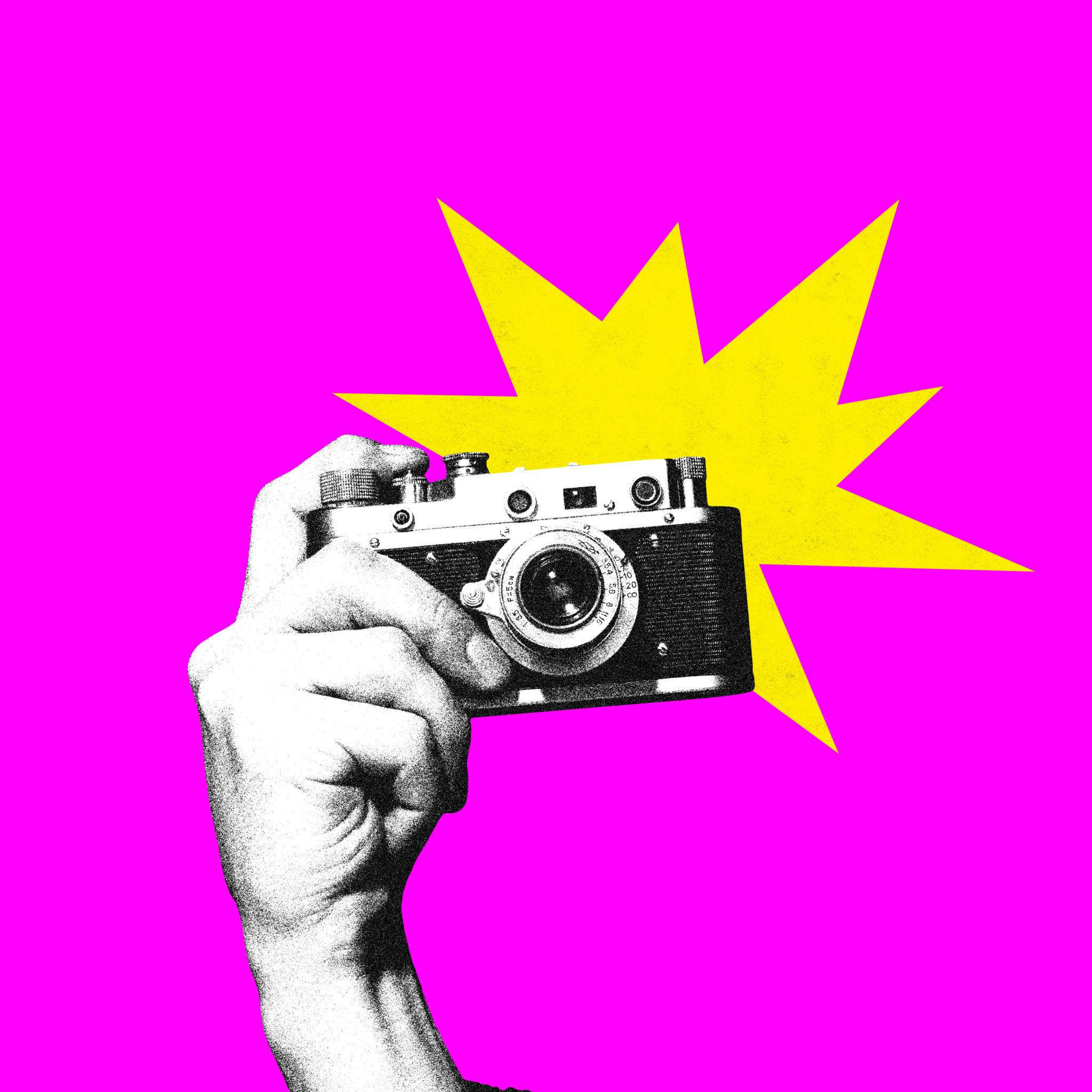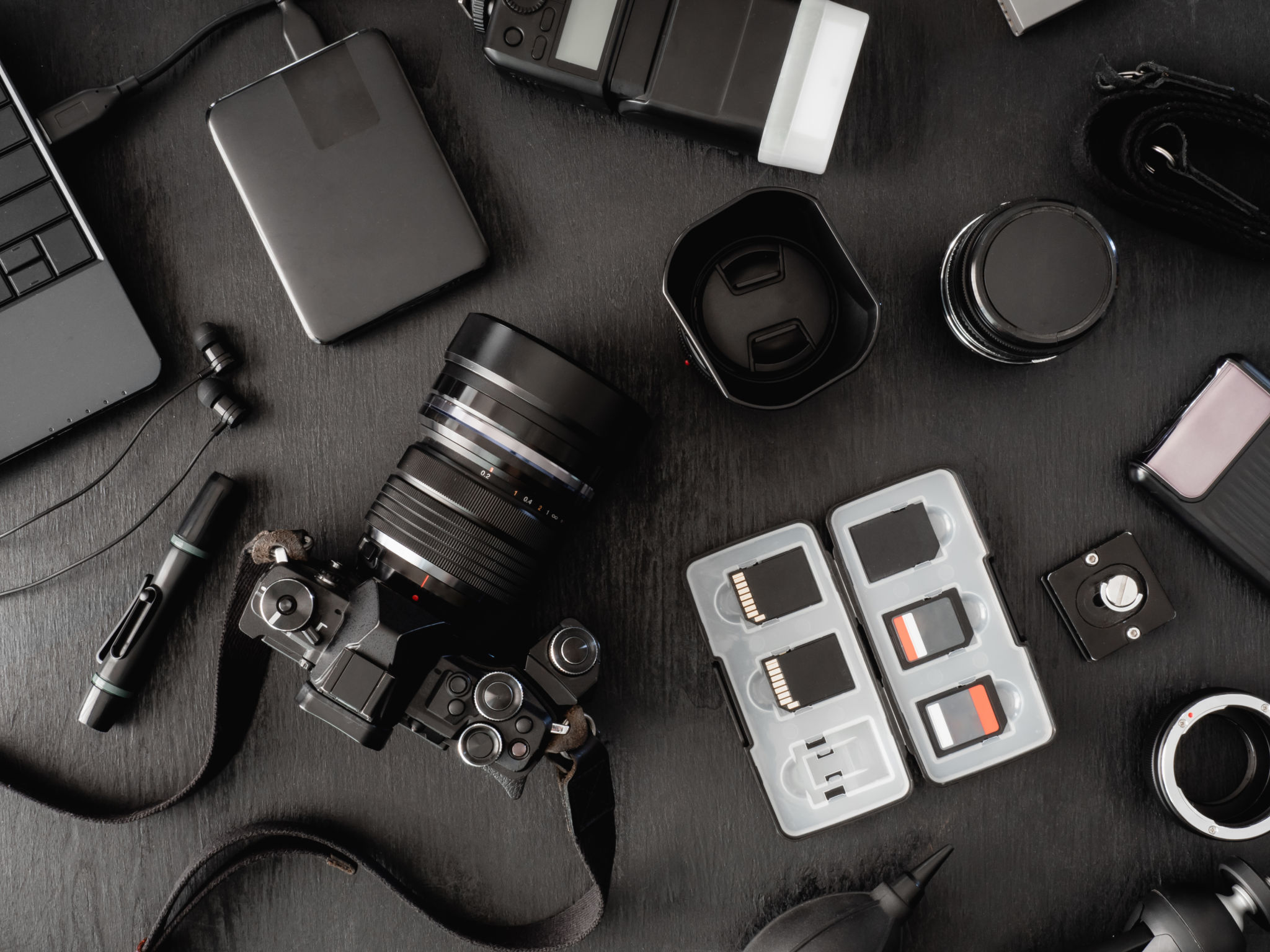A Beginner's Guide to Choosing the Right Camera Equipment
Understanding Your Needs
Choosing the right camera equipment begins with understanding your specific needs. Are you interested in landscape photography, portraits, or perhaps sports photography? Identifying your primary focus will help you determine the features and specifications you need in a camera. Beginners should consider what they plan to shoot most often before making a purchase.
Consider the environment where you will be taking most of your photos. Will you be shooting indoors or outdoors? Do you need something compact for travel? Answering these questions can guide you towards equipment that fits your lifestyle and shooting preferences.

Types of Cameras
There are several types of cameras available, each with its own advantages and disadvantages. DSLRs (Digital Single-Lens Reflex) cameras offer versatility and image quality, making them suitable for both beginners and professionals. They generally have interchangeable lenses, which provide more flexibility in capturing different styles of photos.
Mirrorless cameras are another excellent option, offering similar quality to DSLRs but in a more compact form. These cameras are great for those who need portability without compromising on image quality. Additionally, point-and-shoot cameras are convenient for those who prefer simplicity and ease of use, making them ideal for casual photography.

Understanding Camera Specifications
When examining camera specifications, several key factors should be considered. Megapixels are often touted as an indicator of quality, but they aren't the only factor to consider. For most beginners, a camera with 16-24 megapixels is sufficient for high-quality images.
The sensor size is crucial as it impacts image quality, especially in low-light conditions. Larger sensors generally produce better images. Common sensor sizes include full-frame and APS-C. For those new to photography, an APS-C sensor offers a good balance between quality and cost.

Lenses: The Photographer's Tool
Lenses play an essential role in photography, often more so than the camera body itself. Beginners should start with a basic lens like an 18-55mm zoom lens, which offers versatility for various types of photography. As experience grows, investing in prime lenses or specific zoom lenses can enhance creative possibilities.
Understanding the difference between prime and zoom lenses is essential. Prime lenses have a fixed focal length and often provide sharper images and better low-light performance. On the other hand, zoom lenses offer flexibility with their range of focal lengths.
Accessories to Consider
Apart from the camera and lenses, several accessories can enhance your photographic experience. A sturdy tripod is invaluable for stabilizing shots, especially in low-light conditions or when using long exposure techniques. Additionally, consider investing in a quality camera bag to protect your equipment during travel.

Other useful accessories include extra memory cards for more storage, an external flash for better lighting options, and lens filters to reduce glare or enhance colors. These tools can significantly improve your photography results and offer more creative control.
Setting a Budget
Photography equipment can be a significant investment, so it's essential to set a realistic budget. Determine what features are most important to you and prioritize spending on those areas. It's possible to find high-quality equipment at various price points, especially if you're willing to consider second-hand options.
Remember that while it's tempting to purchase the latest and greatest gear, often improving your skills through practice and education will lead to better photos than simply upgrading your equipment.

